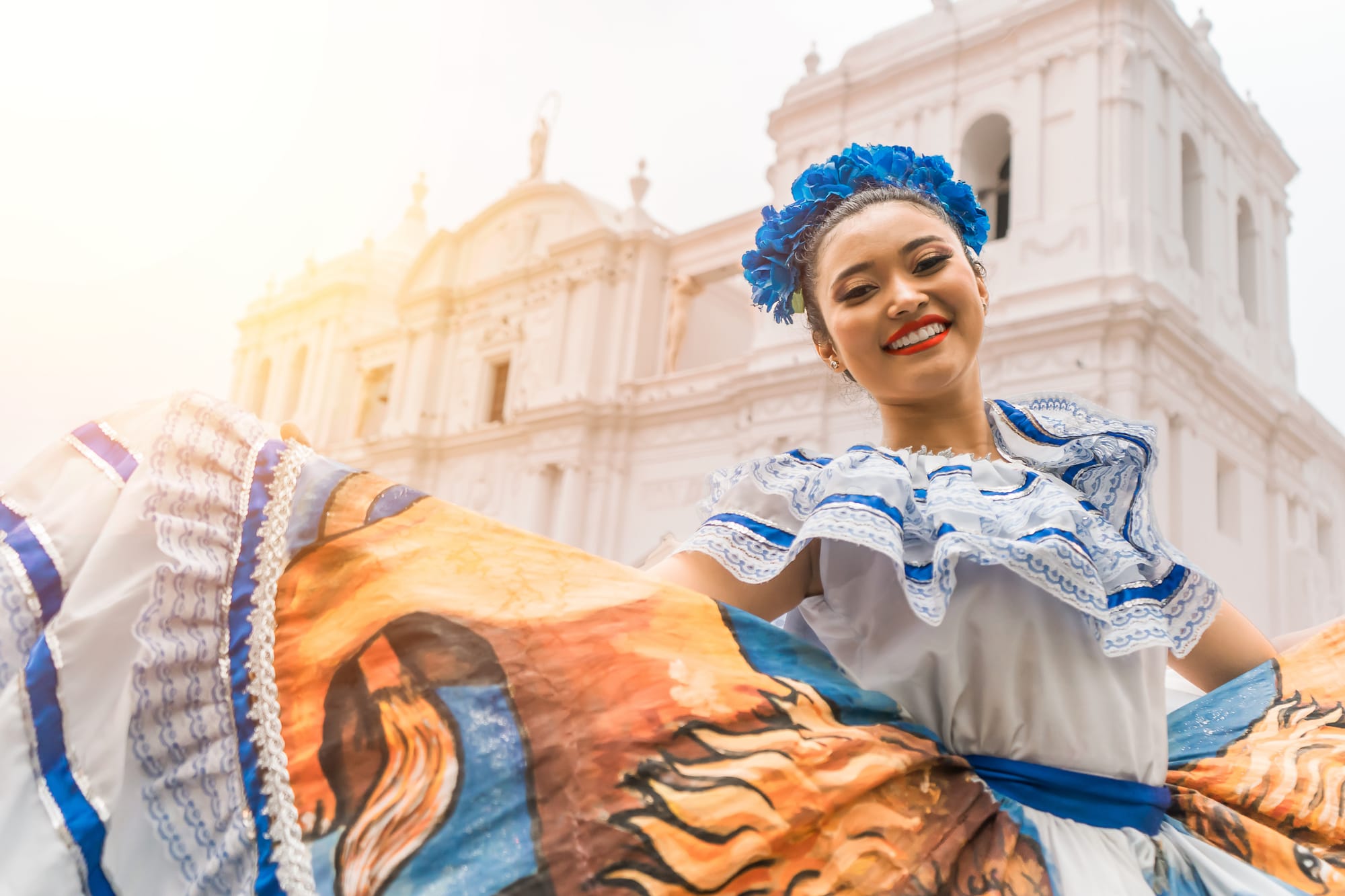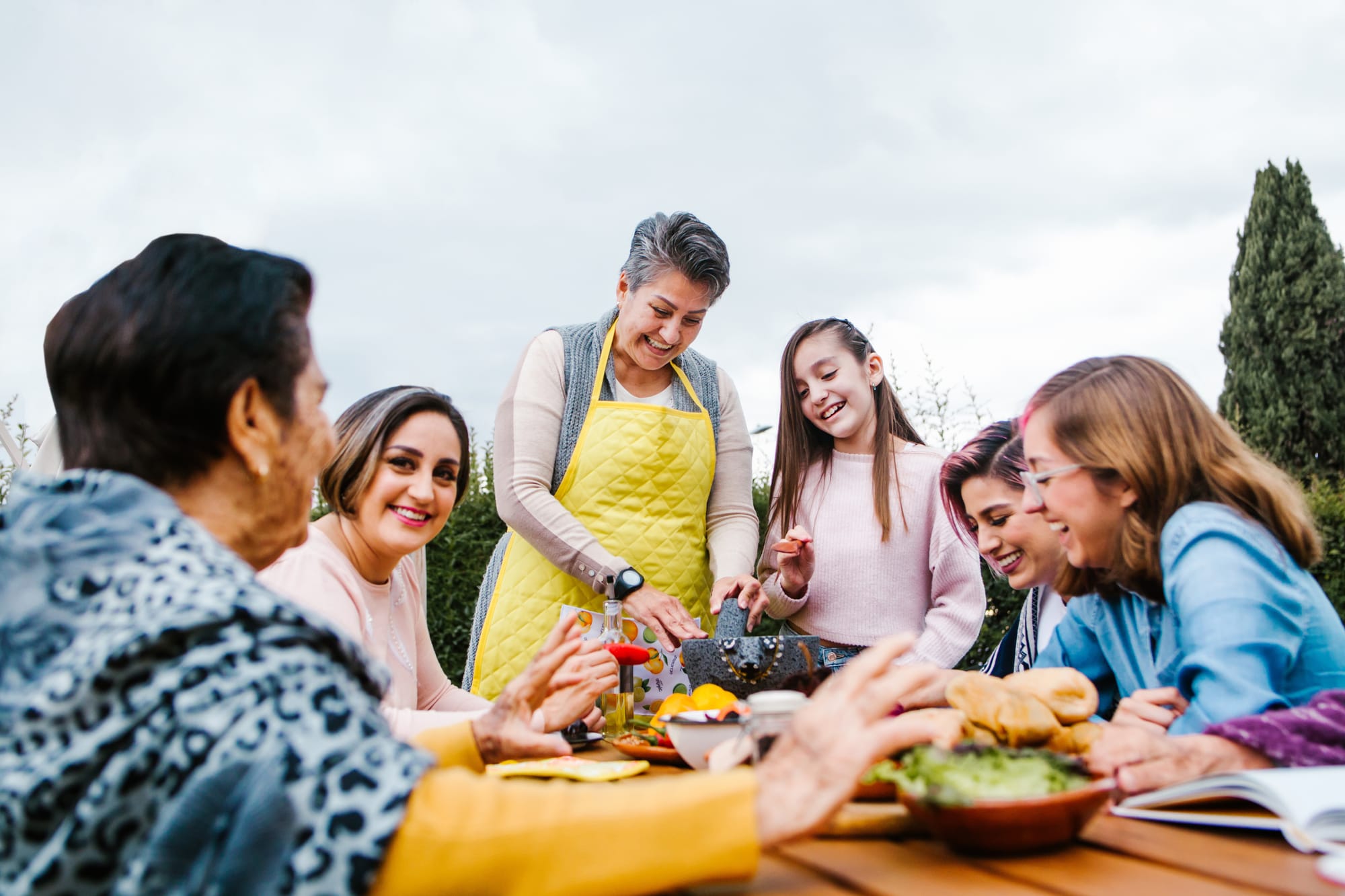Most brands' Hispanic marketing calendar looks remarkably similar: a burst of activity around Cinco de Mayo, perhaps a nod to Hispanic Heritage Month in September, and radio silence the rest of the year. This approach misses countless opportunities to authentically connect with Hispanic consumers throughout the entire year.
Understanding the rich tapestry of Hispanic cultural moments—both traditional and contemporary—allows brands to build deeper relationships and capture attention when competitors are nowhere to be found.
The Problem with Holiday-Only Marketing
Cinco de Mayo has become the default "Hispanic holiday" for many U.S. brands, but this focus reveals a fundamental misunderstanding of Hispanic culture. Cinco de Mayo is primarily a Mexican regional holiday that has been commercialized in the U.S.—it doesn't resonate equally across all Hispanic communities.
More importantly, waiting for obvious Hispanic holidays means competing with every other brand for attention during crowded periods, while missing opportunities to own conversations during the rest of the year.
Here are some ideas for Hispanic-themed campaigns you can implement year-round.
Traditional Hispanic Celebrations That Truly Matter
- Día de los Muertos (November 1-2): Far more meaningful to many Hispanic families than Cinco de Mayo, this celebration of remembering loved ones offers opportunities for brands in beauty, food, home décor, and family-oriented products to connect authentically.
- Las Posadas (December 16-24): This nine-day celebration leading to Christmas emphasizes community, hospitality, and family gathering. Brands focused on home, food, and gifts can tap into these themes respectfully.
- Quinceañeras (Year-round): These coming-of-age celebrations happen throughout the year and represent significant family investment in beauty, fashion, photography, food, and entertainment.
- Día de los Reyes (January 6): Three Kings Day is often when Hispanic families exchange gifts, offering a second holiday season opportunity that most brands ignore entirely.
- Mother's Day (May 10 in Mexico, Second Sunday in May in U.S.): The dual celebration dates create extended opportunities for brands to honor the central role of mothers in Hispanic families.
Cultural Moments Beyond Traditional Holidays
Back-to-School Season: Hispanic families often view education as the key to upward mobility, making this period especially significant for brands in technology, clothing, and services.
Soccer World Cup and Major Tournaments: Sports, particularly soccer, create massive cultural moments that unite Hispanic communities across different national origins.
Novela Season Finales: Don't underestimate the cultural impact of telenovela storylines on Hispanic audiences, particularly for brands targeting women.
Religious Observances: First Communions, Confirmations, and other religious milestones represent important family celebrations and spending moments.
Contemporary Hispanic Culture
Hispanic Creators' Milestones: When major Hispanic influencers or celebrities achieve milestones, these become cultural moments for their communities.
Music Award Shows: Latin Grammys, Premios Juventud, and other award shows create excitement and conversation opportunities.
Hispanic Heritage Month (September 15 - October 15): While crowded, this period still offers opportunities for brands willing to go deeper than surface-level recognition.
Movie and TV Premieres: Films and shows featuring Hispanic talent or themes can create cultural conversations to join authentically.
Regional and Generational Considerations
Different Hispanic communities celebrate different events with varying intensity:
Mexican-Americans might prioritize Día de la Virgen de Guadalupe (December 12) and Mexican Independence Day (September 16)
Puerto Rican families often celebrate Puerto Rican Day Parade (June) and National Puerto Rican Day
Cuban-Americans have distinct celebrations around cultural and political milestones
Second and third-generation families might blend traditional celebrations with American holidays, creating unique hybrid moments
Platform-Specific Cultural Moments
Instagram and TikTok: Fashion and beauty trends often spike around cultural events, creating opportunities for brands to participate in viral moments.
YouTube: Educational content about Hispanic traditions performs well year-round, not just during obvious holidays.
Facebook: Family-oriented content resonates particularly well around religious and traditional celebrations.
How to Participate Authentically
Research and Respect: Understand the deeper meaning behind celebrations rather than just their commercial potential.
Partner with Community Voices: Work with Hispanic creators who can help you navigate cultural sensitivities and authentic participation.
Go Beyond Surface Elements: Instead of just using holiday colors or symbols, tap into the values and emotions behind celebrations.
Regional Relevance: Tailor your approach based on which Hispanic communities you're trying to reach in specific markets.
Year-Round Relationship Building: Don't appear only during cultural moments—build ongoing relationships with Hispanic communities.
Content Ideas for Year-Round Engagement
Educational Content: Share the stories and significance behind different celebrations to help build cultural understanding.
Recipe Sharing: Traditional foods associated with different holidays and celebrations offer natural brand integration opportunities.
Family Stories: Encourage Hispanic customers to share how they celebrate various cultural moments with your products naturally included.
Community Spotlights: Feature Hispanic community leaders, business owners, or customers throughout the year, not just during heritage month.
Behind-the-Scenes Access: Show how your company celebrates or recognizes various Hispanic cultural moments internally.
Measuring Success Beyond Traditional Metrics
Track not just sales and engagement, but also:
- Community sentiment and feedback
- Share-of-voice during cultural moments
- Organic brand mentions in Hispanic conversations
- Long-term brand affinity changes
Common Mistakes to Avoid
Cultural Appropriation: Participating in traditions you don't understand or "celebrate" without proper respect and context.
Tokenism: Only featuring Hispanic imagery during "Hispanic" moments while ignoring this community the rest of the year.
Generic Applications: Using the same approach for all Hispanic holidays without understanding their unique significance.
Timing Errors: Missing the cultural buildup to celebrations or only appearing on the actual day
Building Your Hispanic Cultural Calendar
Start by researching which celebrations matter most to your target Hispanic demographics. Create a calendar that includes:
- Traditional holidays and their regional variations
- Contemporary cultural moments
- Sports and entertainment events
- Community-specific celebrations in your key markets
- Opportunities to celebrate Hispanic achievements year-round
The Competitive Advantage
Brands that understand and respect the full spectrum of Hispanic cultural moments don't just capture more marketing opportunities—they build genuine relationships with communities that value authenticity and cultural understanding.
While your competitors crowd around Cinco de Mayo, you could be building loyalty during Las Posadas, connecting with families during back-to-school season, or celebrating achievements during Hispanic Heritage Month with depth and authenticity.
The Hispanic cultural calendar is rich, diverse, and full of opportunities for brands willing to do the work of understanding rather than assuming. The question isn't whether these moments matter to Hispanic consumers—it's whether your brand will be present for them.




